WORKSHOPS: www.jackgrahamphoto.com/photo-workshops
PODCAST: www.18percentgraymatter.com
______________________________________________________
Coming soon–my evaluation on F-Stop’s photography backpacks— I love them!
______________________________________________________
WHAT’S NEW:
This month my essay entitled THE 10 COMMANDMENTS of PHOTOGRAPHY is published on Nature photographers.net, the preview photography online magazine & discussion site. Check it out http://www.naturephotographers.net/farchives.html
In addition my last essay here on the blog was published on Outdoor Photo Gear’s site. Click on the banner on the left column to see they site. http://www.outdoorphotogear.com/blog/ They offer some great products all in a “One stop shopping” experience. You’ll see accessories found nowhere else in one single site. Cheek them out as well. www.outdoorphotogear.com
_____________________________________________
 PHOTOGRAPH AMERICA NEWSLETTER:
PHOTOGRAPH AMERICA NEWSLETTER:
As I have written over the years, I can not recommend Bob Hitchman’s PHOTOGRAPH AMERICA NEWSLETTER enough. One issue will be enough to convince you of the value of these wonderful informative publications.
TIP: Most folks are not converting to receiving the newsletter via download (PDF file).
Photograph America Newsletter strives to make it as easy as possible to receive the PDF files of our newsletters. With the ever-expanding technology of hardware and software, snags sometimes pop up.
A lot of readers are losing back issues of their Photograph America Newsletters.
When you receive an emailed download link to a Photograph America Newsletter, the Best Practice is to open the PDF and save it to your computer as soon as possible. Open each link, and save the PDF files in a labeled folder on your computer. Otherwise, emails with these links can get lost or accidentally deleted. Even if your computer never crashes, “link rot” can occur when servers are disabled or there are changes of URL names.
________________________________________________
Creating Mood, Motion and Emotion with Water
© Jack Graham / Jack Graham Photography
While driving down from a workshop at Olympic National Park last week, I was thinking about some of the locations we visited. Though there are hundreds of miles of rainforest in the park, much of the park contains some diverse locations that feature water. There are some of the most picturesque rivers, waterfalls, shorelines and small spring fed streams, within the park, all with different dynamics that make for some great photos ops. So I made some notes to include within this essay.
Water is very important to me and my photography. Weather taking an image of a grand landscape, or a macro image I love including water as either a subject or as an accompaniment to the subject itself. In other words, water is often included in many of my favorite images. An ocean scene as well as dew drops on a leaf, both containing a water feature can convey a special feeling, that is unique different from scenes without water.
Water adds mood, reflects light, and depending on the light can be many different hues. Water is an unpredictable feature and therefore can be used to create photographs that transmit varied feelings.
Unlike mountains, canyons, forests, etc, one must be prudent in observing how water interacts within a scene. We need to take the textures, colors, tones, and form into account when including water in our images. Depending on the time of day, the light and shape of the water can change drastically. Knowing an area and the potential can really help when considering an image including water.
Like other aspects of nature photography, we must take the overall visual design into effect when photographing all types of water. Is one area detracting from others? Is the light working for you or against you? Do you need to relocate your position?
Water movement will change the mood of the image as well. Calm water, in great light before sunrise transmits a totally different feeling than moving water in similar locations. Time your trips, pay attention to the weather and do some scouting and return if necessary at the right time if needed. Experiment with different lenses. I love wide-angle lenses on mirrors lakes with great skies.
Often we choose not to shoot when a breeze creates ripples on the water. I would suggest that you experiment with different shutter speeds. You can create impressionistic effects on the water by varying your shutter speed.  Today we have access to a ND filter made by Singh-Ray ( www.singh-ray.com ) that can stop down to 8 stops.
Today we have access to a ND filter made by Singh-Ray ( www.singh-ray.com ) that can stop down to 8 stops.
Select a telephoto lens to move in and capture specific areas like reflections, rocks, plants or even a reflection of the land or even a building. Different times of the year yield more color and different effects as well. I love photographing the reflection of the fall color in water. The lower the camera is to the ground, the more color you’ll pick up. Include some leaves on rocks to add more interest to your photograph.
If you read many of the books written on general photography, we are told to use a polarizer when photography water to take the glare off the ware. Be careful, sometimes you shouldn’t use one. I rarely use a polarizer when photographing water at sunrise. The polarizer will remove a lot of the reflected light, color and subject matter from the water. I also like to photograph small intimate areas of streams with colored rocks, moss-covered rocks that are under the water. I never use a polarizer when doing this. (TIP: when trying this look for smooth water, not white-water, and look for dips created by rocks to evoke the motion in the water).
When photographing waterfalls, take into account your shutter speeds. I suggest reading my article on waterfall photography. http://www.outdoorphotogear.com/blog/?s=waterfalls
Varying your shutter speed also creates different and at times surreal looks on moving water. Choose whether you want to freeze the water, or let it go to that silky effect to create the mood you want in your image. Use shutter speeds longer than ¼ second to create the silky effect. Conversely, I love to photographing crashing waves at high shutter speeds to capture the spray, frozen in the image that tells the viewer where I was and the dramatic sense of power in the wave itself. However, the ocean can convey a wonderful feeling using low shutter speeds, especially at low tide. The bottom line is to experiment!
I really love photographing at the ocean taking all the previously mentioned things into consideration. I especially love the tide pools found here on the Pacific Coast. Use these as foregrounds if at all possible. Watch the tide, it can come in quick. Recently I just made it back on shore and only had to wade knee-deep as the tide came in quicker than I thought. Always be aware of your surroundings and never turn your back on the ocean!
Experiment with different ISO’S. This will adjust your shutter speeds, while leaving your aperture of choice in place. (And of course remember your tripod and quality head). If you have leaves moving in a pool of water try a 5-10 second, or longer exposure and capture them moving for some interesting abstract images.
Be aware of the light. Blue skies can cast a blue effect on water on clear days. While post processing carefully adjust the temperature to compensate for this effect if you wish. Use weather conditions along with water to create moody effects in your images. For instance, fog can create a special dreamy effect. Fog often appears on water when the temperature of the air falls below that of the water. Prior to sunrise the fog can have a bluish cast oto it, but after sunrise, the same fog can become a warm gold, offering a wonderful addition to any image.. Scouting out areas to photograph when the light is too harsh to shoot, then going back in great light, as well as being prepared with weather information is mandatory to capture striking images. I use the Photographers Ephermis(TPE–see too below) to predict the sunrise time and direction in the location I am photographing in.
Tool for INFORMATION ON SUNRISE & SUNSET directions and more
Consider where you have water in your location and how you can use it to create some special photographs. Go back to the same location at different times and use the water along with the subject matter to make some interesting images. Water adds never-ending possibilities to photography.


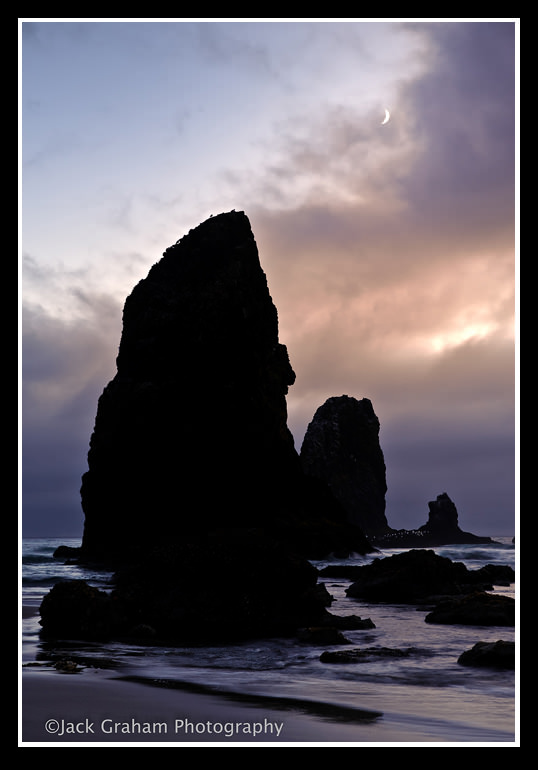

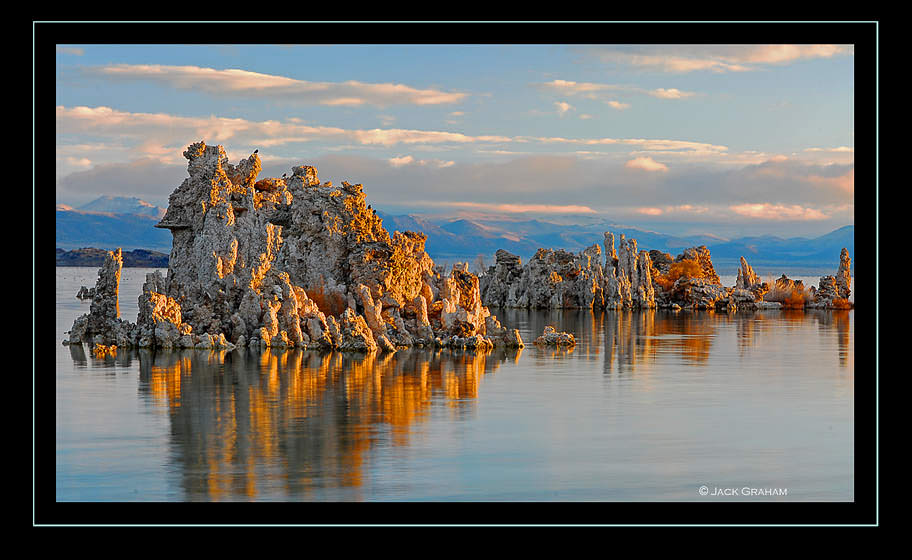
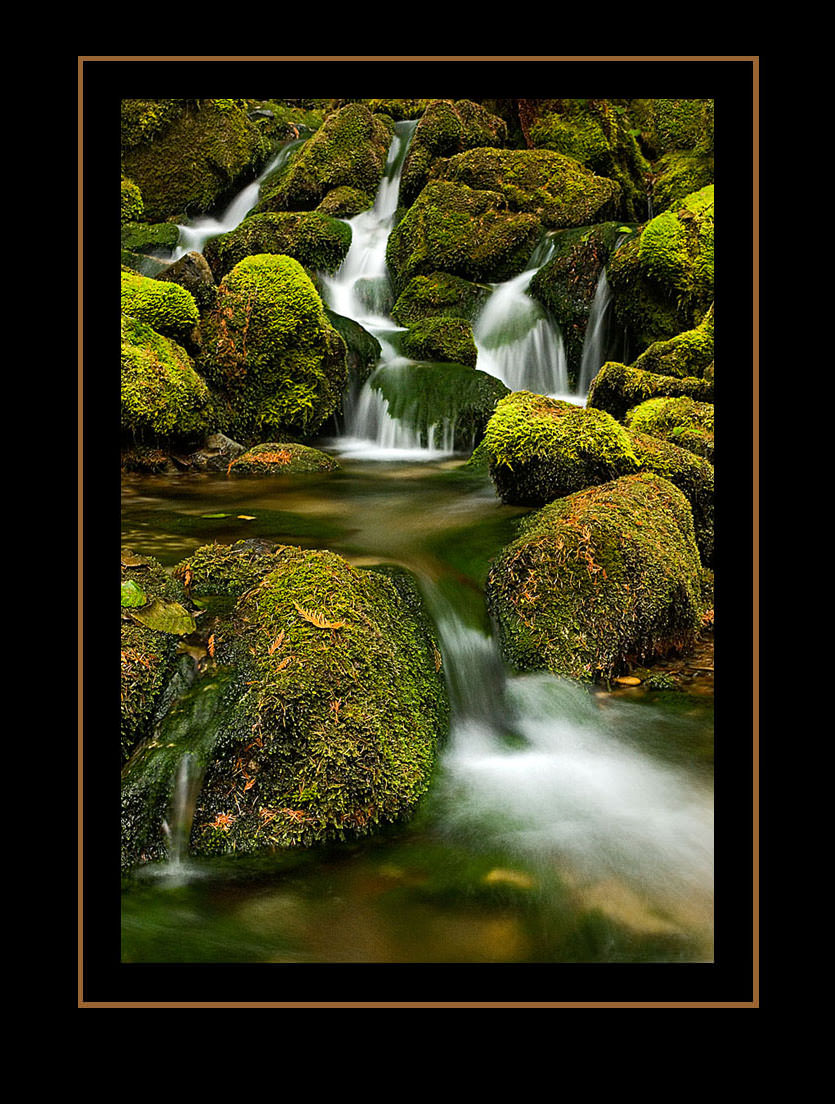
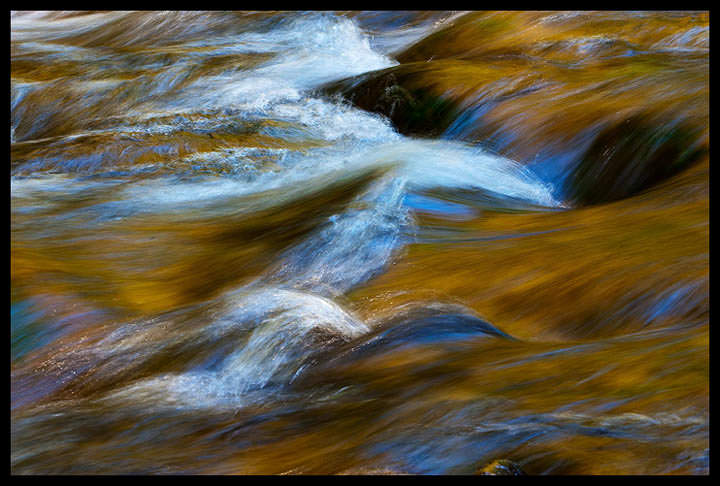
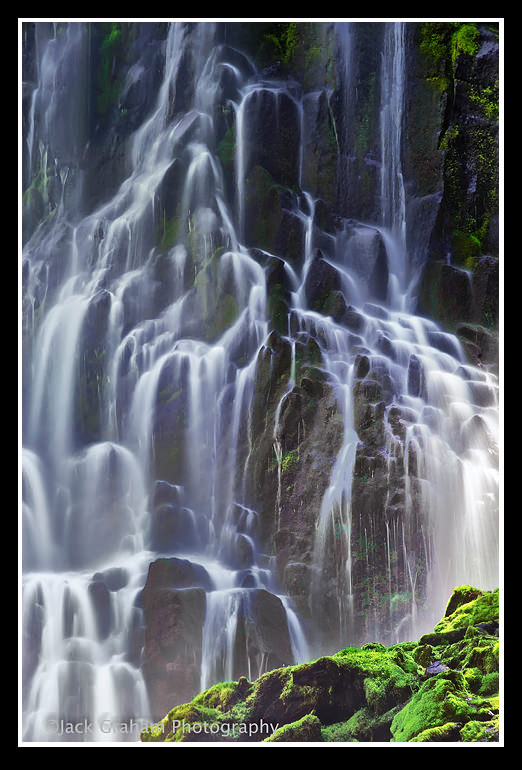
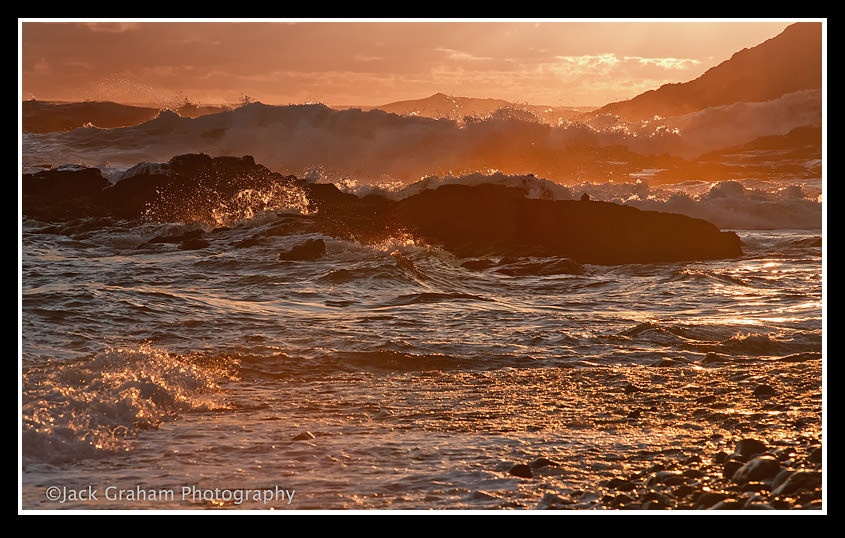
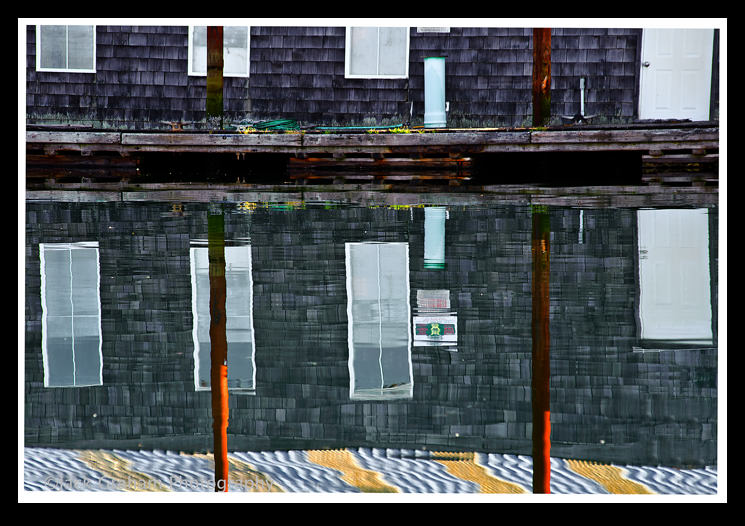
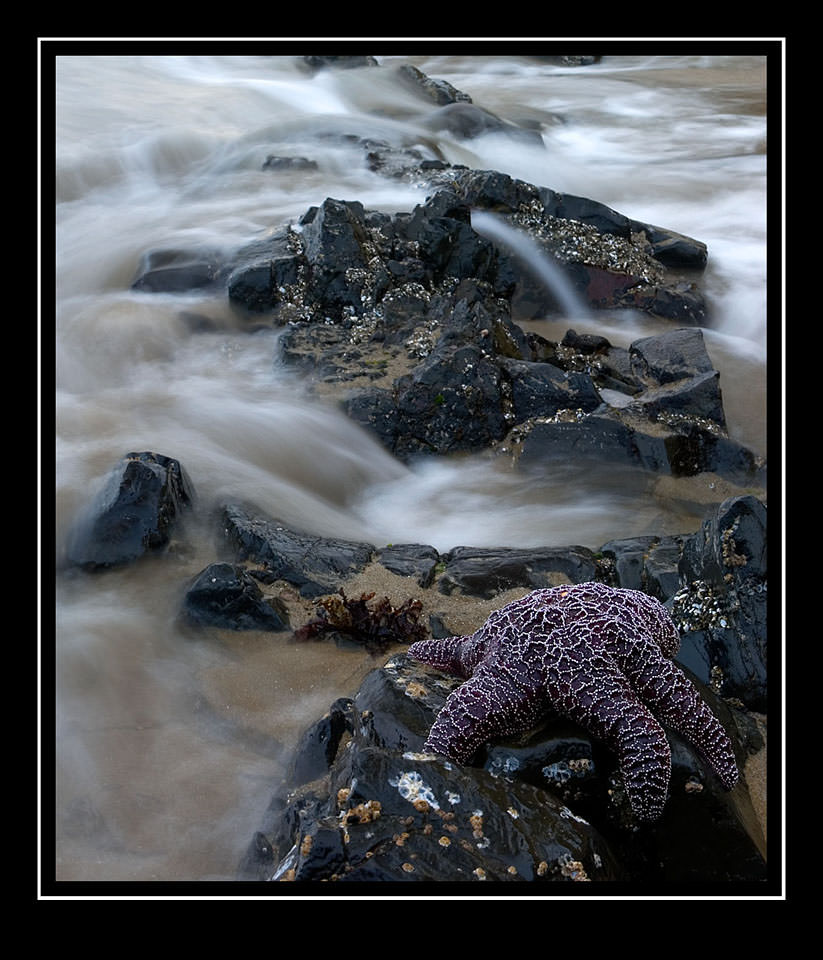
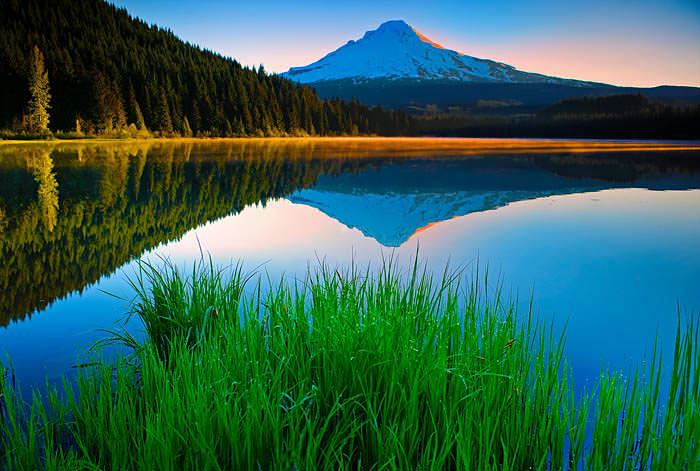
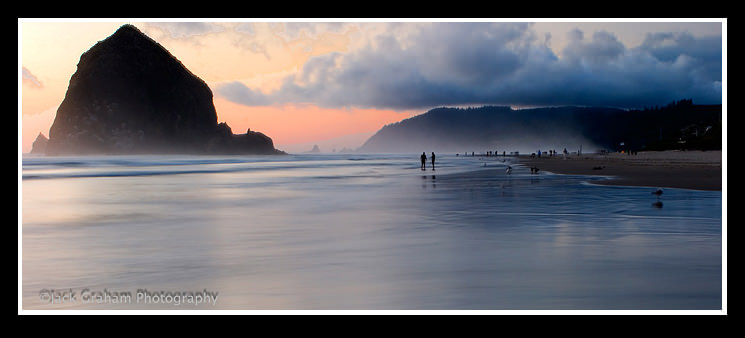
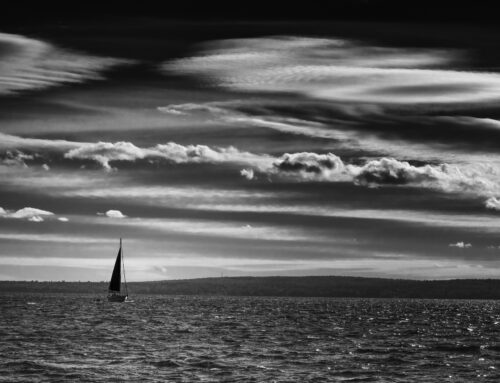
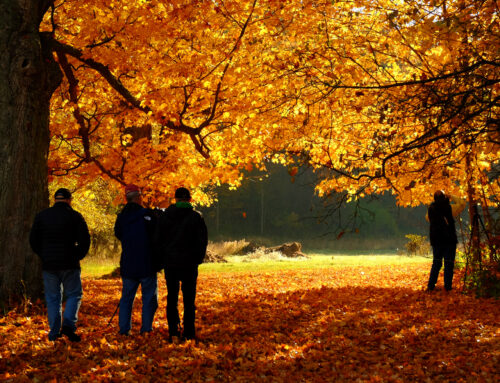

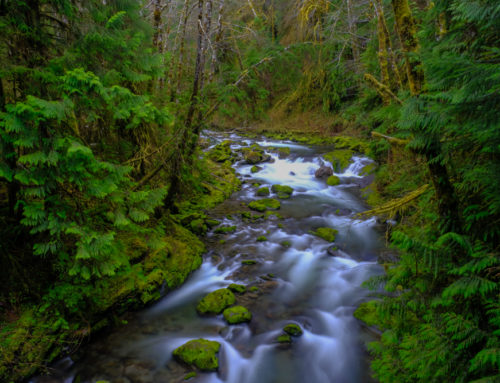
I really enjoyed your essay on the wonderful photographic qualities of water! Water is one of my favorite subjects, too. Even though the heat wave this summer has made it hard to find here in western Arkansas.
[…] Sunny weather is also the best lighting for photographing reflections of fall foliage in lakes, rivers, and streams. The reflections are most dramatic when the fall color is sunlit and the water is in shade. Try using slow shutter speeds to create abstracts from fall foliage reflected in the moving water of rivers and streams. Be careful if you are using a polarizer. This can detract from the reflections that you really want, of the color in the water. Refer to this article to get more tips on photographing water. http://jackgrahamphoto.wordpress.com/2011/07/12/2377/ […]